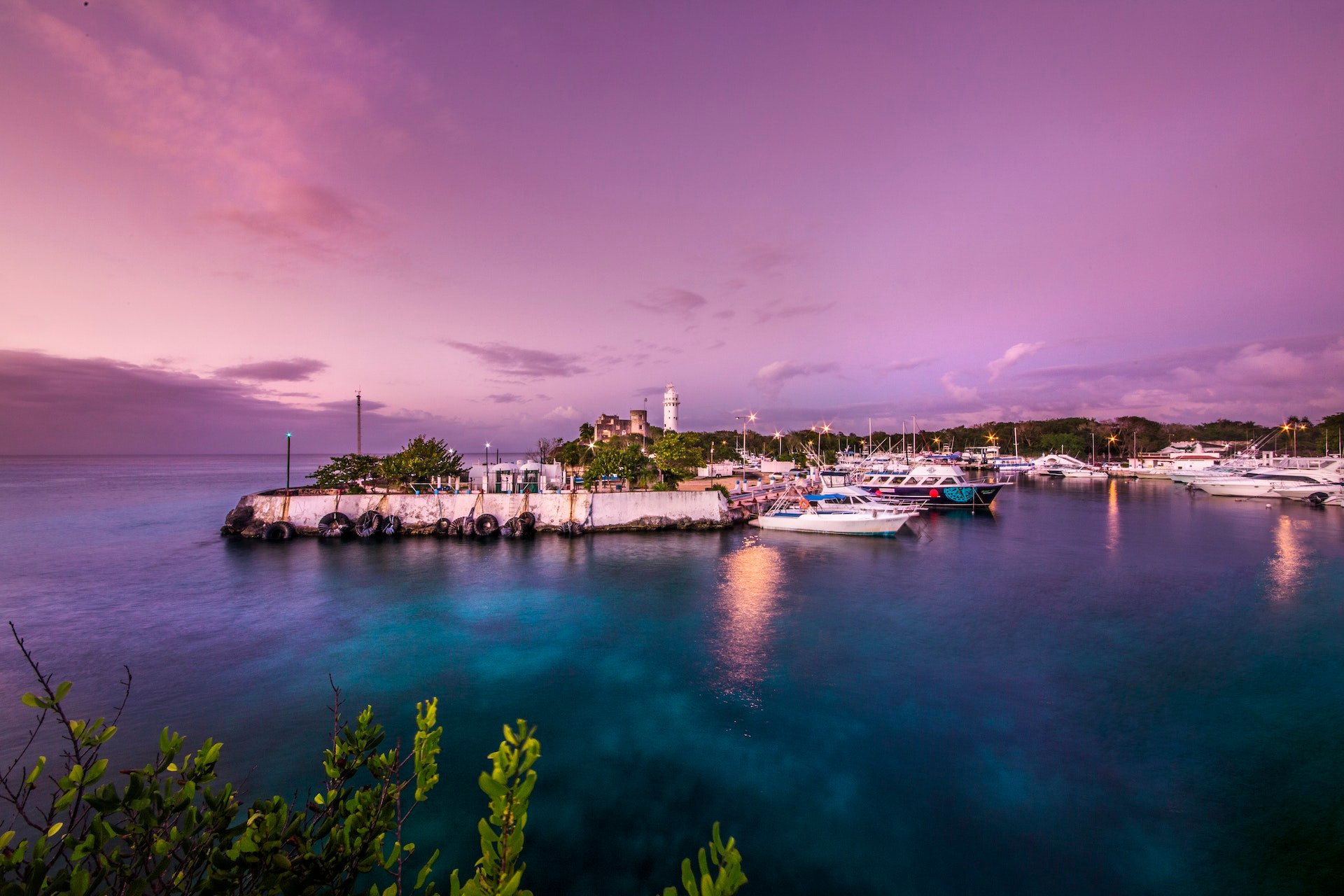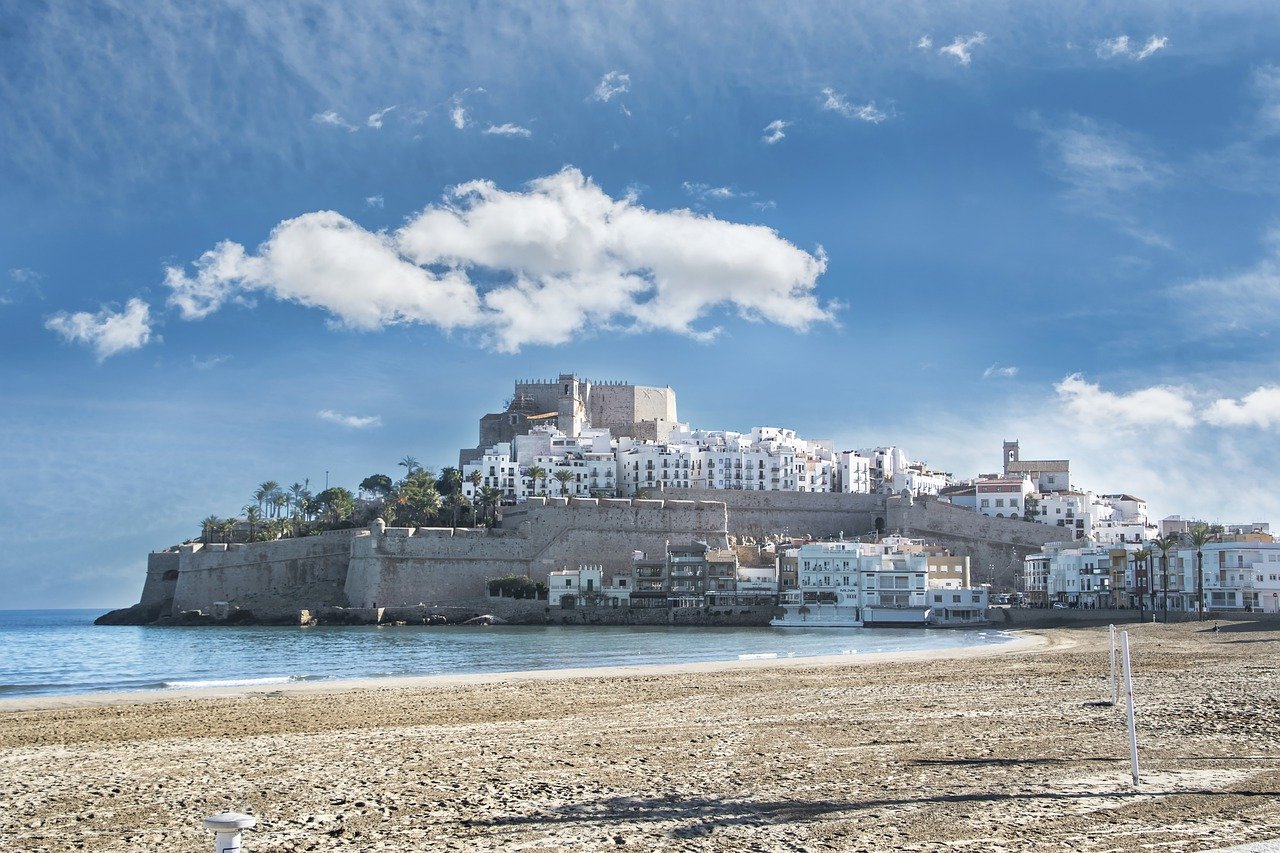Dubrovnik museums are a must-visit for anyone interested in the rich history and culture of this beautiful city. Dubrovnik has a long and storied past, and its museums offer a glimpse into the lives of the people who lived here throughout the centuries. In this article, we’ll take a closer look at some of the most popular museums in Dubrovnik and provide you with all the information you need to plan your visit.
The Dubrovnik City Museum
The Dubrovnik City Museum, also known as the Cultural History Museum, is a must-visit for anyone interested in the history of Dubrovnik. The museum is located in the heart of the old town and houses a collection of artifacts and artworks that tell the story of Dubrovnik’s past.
Types of Art and Artifacts on Display
The museum’s collection includes a wide range of items, from medieval art and artifacts to more recent items from the 18th and 19th centuries. Visitors can see everything from sculptures and paintings to furniture and ceramics. Some of the highlights of the collection include a 14th-century altarpiece, a 16th-century wooden sculpture of St. Blaise, and a collection of 17th-century Chinese porcelain.
Special Exhibitions
The Dubrovnik City Museum regularly hosts special exhibitions, showcasing items from its collection as well as items on loan from other museums. Past exhibitions have focused on topics such as the history of Dubrovnik’s maritime trade, the city’s Jewish community, and the history of the Dubrovnik Republic.
History and Background
The Dubrovnik City Museum was founded in 1950 and is housed in the former Dominican Monastery. The monastery was built in the 14th century and was used as a cultural center by the Dominicans until the end of the 18th century. The museum’s collection was initially made up of items donated by local residents, and it has grown over the years to include over 20,000 items.
Availability of Guided Tours
Guided tours of the Dubrovnik City Museum are available in several languages, including English, German, and Italian. These tours provide a great way to learn more about the city’s history and culture, and to see some of the most interesting items in the museum’s collection.
The Rector’s Palace
The Rector’s Palace is one of the most important historical buildings in Dubrovnik. The palace was built in the 15th century and served as the residence of the Rector, the chief executive of the Dubrovnik Republic. Today, it houses the Cultural History Museum of Dubrovnik.
Types of Art and Artifacts on Display
The palace’s collection includes a wide range of items, from medieval art and artifacts to more recent items from the 18th and 19th centuries. Visitors can see everything from sculptures and paintings to furniture and ceramics. Some of the highlights of the collection include a 14th-century altarpiece, a 16th-century wooden sculpture of St. Blaise, and a collection of 17th-century Chinese porcelain.
Special Exhibitions
The Rector’s Palace regularly hosts special exhibitions, showcasing items from its collection as well as items on loan from other museums. Past exhibitions have focused on topics such as the history of Dubrovnik’s maritime trade, the city’s Jewish community, and the history ofthe Dubrovnik Republic.
History and Background
The Rector’s Palace was built in the 15th century and served as the residence of the Rector, the chief executive of the Dubrovnik Republic. The palace was also used for important state ceremonies and as a seat of government. After the fall of the Dubrovnik Republic in the late 18th century, the palace was used for various purposes, including as a school and a prison. Today, it houses the Cultural History Museum of Dubrovnik.
Availability of Guided Tours
Guided tours of the Rector’s Palace are available in several languages, including English, German, and Italian. These tours provide a great way to learn more about the palace’s history and architecture, as well as to see some of the most interesting items in the museum’s collection.
The Dubrovnik Ethnographic Museum
The Dubrovnik Ethnographic Museum is located in the old town of Dubrovnik and is dedicated to preserving and showcasing the traditional culture and way of life of the region.
Types of Art and Artifacts on Display
The museum’s collection includes a wide range of items, from traditional costumes and textiles to furniture and household items. Visitors can see everything from traditional hand-woven carpets and embroidered linens to tools and equipment used in traditional crafts.
Special Exhibitions
The Dubrovnik Ethnographic Museum regularly hosts special exhibitions, showcasing items from its collection as well as items on loan from other museums. Past exhibitions have focused on topics such as traditional folk costumes, the history of traditional crafts, and the everyday life of the people of Dubrovnik.
History and Background
The Dubrovnik Ethnographic Museum was founded in the early 20th century and is located in the old town of Dubrovnik. The museum’s collection was initially made up of items donated by local residents, and it has grown over the years to include over 20,000 items. The museum’s mission is to preserve and showcase the traditional culture and way of life of the region.
Availability of Guided Tours
Guided tours of the Dubrovnik Ethnographic Museum are available in several languages, including English, German, and Italian. These tours provide a great way to learn more about the traditional culture and way of life of the region.
The Maritime Museum
The Maritime Museum is located in the old town of Dubrovnik and is dedicated to preserving and showcasing the maritime history of the city and the region.
Types of Art and Artifacts on Display
The museum’s collection includes a wide range of items, from ship models and maritime equipment to maps and charts. Visitors can see everything from traditional ships and boats to navigation instruments and tools used by sailors.
Special Exhibitions
The Maritime Museum regularly hosts special exhibitions, showcasing items from its collection as well as items on loan from other museums. Past exhibitions have focused on topics such as the history of shipping and navigation in Dubrovnik, the city’s maritime trade, and the lives of sailors and fishermen.
History and Background
The Maritime Museum was founded in the early 20th century and is located in the old town of Dubrovnik. The museum’s collection was initially made up of items donated by local residents, and it has grownover the years to include over 20,000 items. The museum’s mission is to preserve and showcase the maritime history of the city and the region.
Availability of Guided Tours
Guided tours of the Maritime Museum are available in several languages, including English, German, and Italian. These tours provide a great way to learn more about the maritime history of Dubrovnik, including the city’s maritime trade, shipbuilding and navigation.
In conclusion, Dubrovnik is home to a variety of museums that offer unique perspectives on the city’s rich history and culture. From the Dubrovnik City Museum and the Rector’s Palace to the Ethnographic Museum and the Maritime Museum, there is something for everyone to enjoy. With the availability of guided tours, visitors can delve deeper into the history and artifacts on display. These museums are a must-visit for anyone interested in learning more about Dubrovnik’s past and present.



